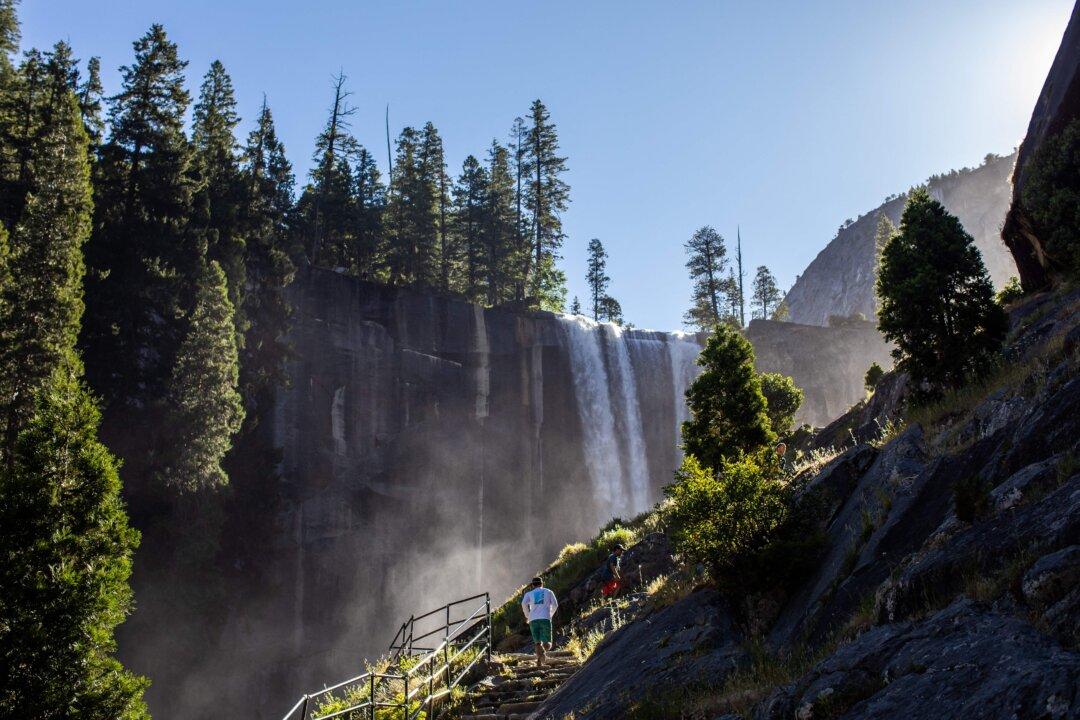California saw record levels of travel-related spending in 2023, according to a newly released report published by Visit California—a nonprofit organization promoting tourism in the Golden State—though when inflation is factored in, the totals lag pre-pandemic highs.
Spending totaled $150.4 billion last year and is forecast to hit $159.8 billion for 2024, according to the report.





